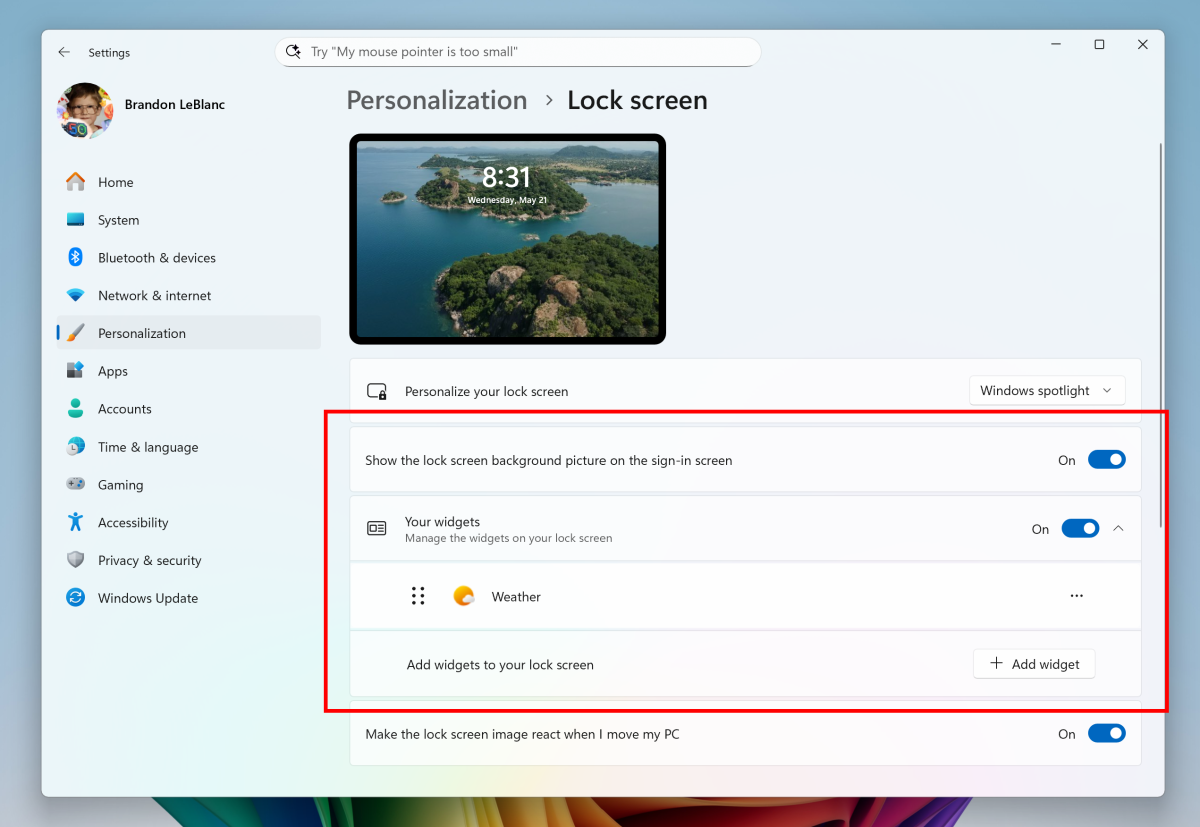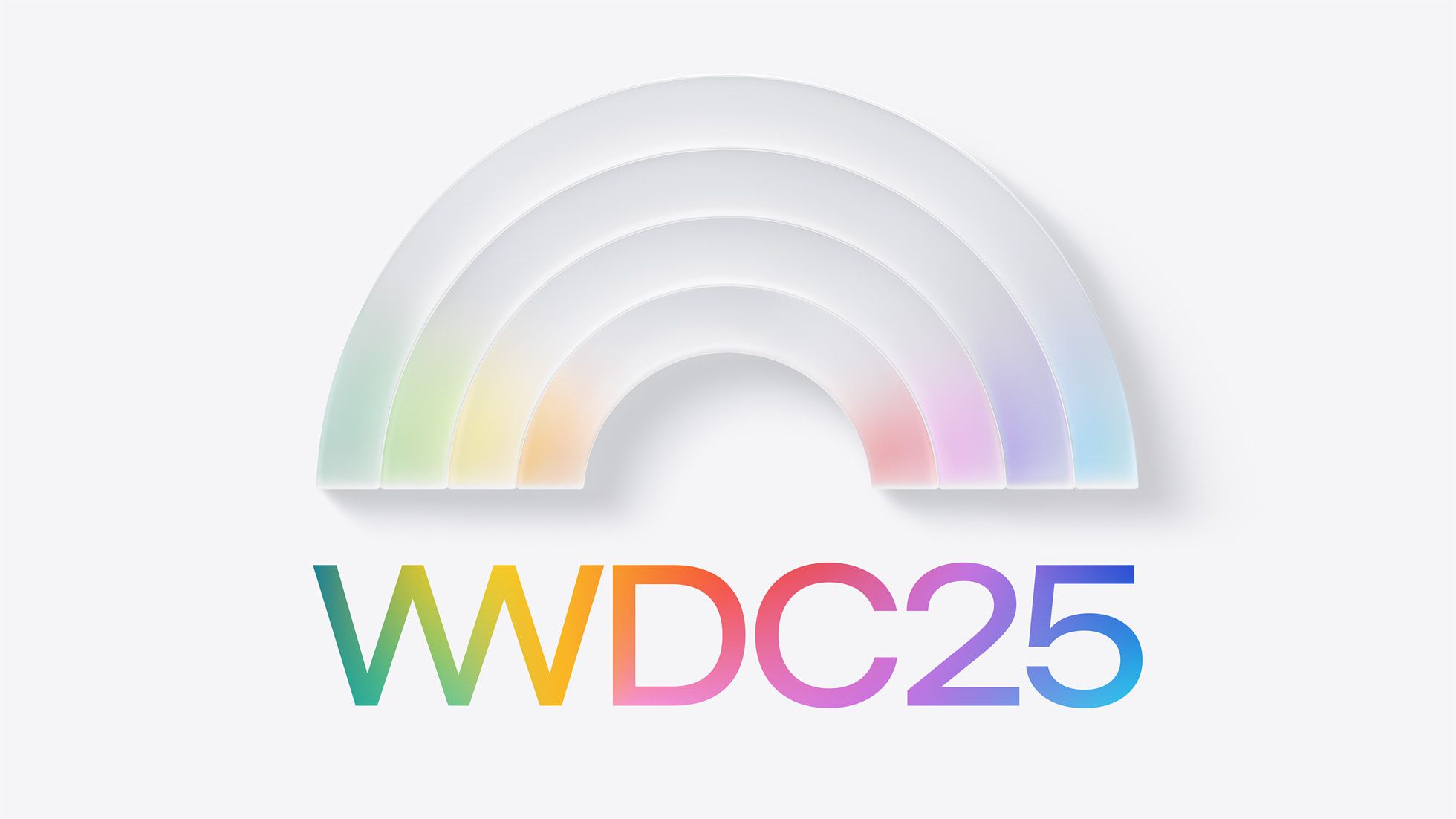What is COBIT? Control Objectives for Information and Related Technology
In today’s digital economy, where data drives growth and innovation, organizations need more than just tools—they need structured governance. This is where COBIT proves invaluable. It’s not just another IT guideline, but a comprehensive framework that bridges the gap between business goals and IT functions, enabling secure, efficient, and compliant operations. What is COBIT? COBIT, short for Control Objectives for Information and Related Technologies, is an internationally recognized framework created by ISACA. It guides organizations in managing and governing enterprise IT by aligning IT processes with business objectives. Since its launch in 1996, COBIT has become instrumental in helping enterprises streamline IT functions, manage risk, and maintain compliance with regulatory standards, including Sarbanes-Oxley. Why COBIT Matters COBIT provides organizations with a common language that fosters better communication between technical and non-technical teams. It strengthens IT governance, ensures regulatory compliance, and reduces security risks by defining policies, controls, and performance measures. Beyond just technical improvements, it plays a strategic role in supporting business performance, helping leaders make more informed decisions. Key Features of COBIT 2019 The latest version, COBIT 2019, introduces a more flexible and scalable governance model. It includes six principles: stakeholder alignment, a holistic approach, dynamic adaptability, clear separation between governance and management, customization to enterprise needs, and end-to-end coverage of IT operations. It also offers performance management tools, implementation guidance, and integration with enterprise strategy, making it adaptable to different organizational contexts. Comparing COBIT with Other Frameworks While frameworks like ITIL focus on service management and TOGAF targets architecture planning, COBIT delivers a broader IT governance solution. It emphasizes risk management and regulatory alignment. Though different in scope, COBIT can complement both ITIL and TOGAF when used in a hybrid model, offering a powerful, unified governance structure. Who Benefits from COBIT? COBIT adds value across multiple organizational roles. CIOs and IT managers gain clarity in solution design and strategic alignment. Risk committees benefit from improved oversight, while audit teams find it easier to track and evaluate processes. For IT professionals in governance, risk, and compliance roles, COBIT offers a step-by-step framework to improve performance and attain certifications that enhance professional credibility. Final Thoughts COBIT provides the structure organizations need to manage IT risks, align IT with business priorities, and drive consistent performance. By embracing its principles, businesses can improve transparency, ensure compliance, and build resilient systems that scale with evolving demands. Whether used alone or in combination with other frameworks, COBIT remains a critical component in the journey toward robust IT governance.

In today’s digital economy, where data drives growth and innovation, organizations need more than just tools—they need structured governance. This is where COBIT proves invaluable. It’s not just another IT guideline, but a comprehensive framework that bridges the gap between business goals and IT functions, enabling secure, efficient, and compliant operations.
What is COBIT?
COBIT, short for Control Objectives for Information and Related Technologies, is an internationally recognized framework created by ISACA. It guides organizations in managing and governing enterprise IT by aligning IT processes with business objectives. Since its launch in 1996, COBIT has become instrumental in helping enterprises streamline IT functions, manage risk, and maintain compliance with regulatory standards, including Sarbanes-Oxley.
Why COBIT Matters
COBIT provides organizations with a common language that fosters better communication between technical and non-technical teams. It strengthens IT governance, ensures regulatory compliance, and reduces security risks by defining policies, controls, and performance measures. Beyond just technical improvements, it plays a strategic role in supporting business performance, helping leaders make more informed decisions.
Key Features of COBIT 2019
The latest version, COBIT 2019, introduces a more flexible and scalable governance model. It includes six principles: stakeholder alignment, a holistic approach, dynamic adaptability, clear separation between governance and management, customization to enterprise needs, and end-to-end coverage of IT operations. It also offers performance management tools, implementation guidance, and integration with enterprise strategy, making it adaptable to different organizational contexts.
Comparing COBIT with Other Frameworks
While frameworks like ITIL focus on service management and TOGAF targets architecture planning, COBIT delivers a broader IT governance solution. It emphasizes risk management and regulatory alignment. Though different in scope, COBIT can complement both ITIL and TOGAF when used in a hybrid model, offering a powerful, unified governance structure.
Who Benefits from COBIT?
COBIT adds value across multiple organizational roles. CIOs and IT managers gain clarity in solution design and strategic alignment. Risk committees benefit from improved oversight, while audit teams find it easier to track and evaluate processes. For IT professionals in governance, risk, and compliance roles, COBIT offers a step-by-step framework to improve performance and attain certifications that enhance professional credibility.
Final Thoughts
COBIT provides the structure organizations need to manage IT risks, align IT with business priorities, and drive consistent performance. By embracing its principles, businesses can improve transparency, ensure compliance, and build resilient systems that scale with evolving demands. Whether used alone or in combination with other frameworks, COBIT remains a critical component in the journey toward robust IT governance.








































































![[The AI Show Episode 149]: Google I/O, Claude 4, White Collar Jobs Automated in 5 Years, Jony Ive Joins OpenAI, and AI’s Impact on the Environment](https://www.marketingaiinstitute.com/hubfs/ep%20149%20cover.png)






























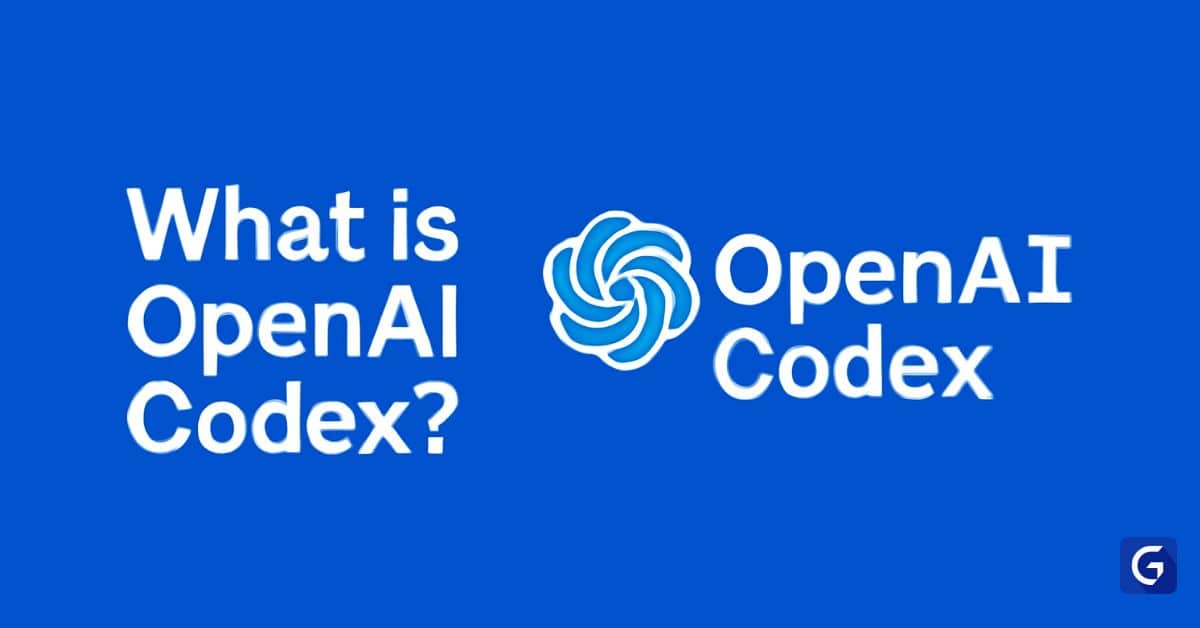




















































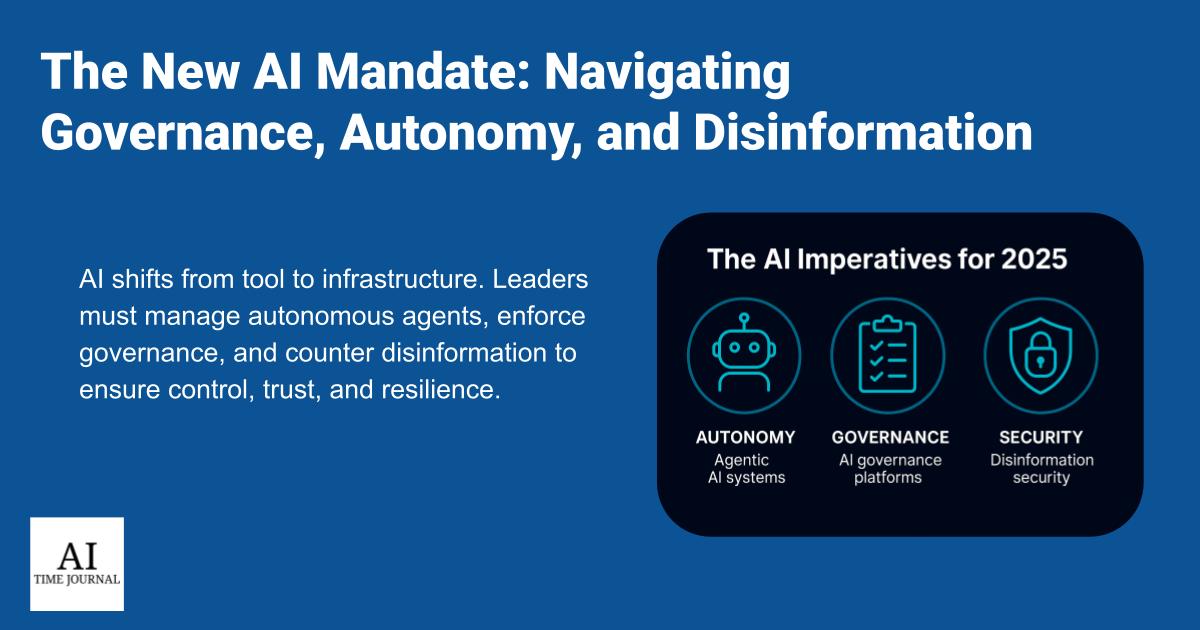

















































































































































![Laid off but not afraid with X-senior Microsoft Dev MacKevin Fey [Podcast #173]](https://cdn.hashnode.com/res/hashnode/image/upload/v1747965474270/ae29dc33-4231-47b2-afd1-689b3785fb79.png?#)


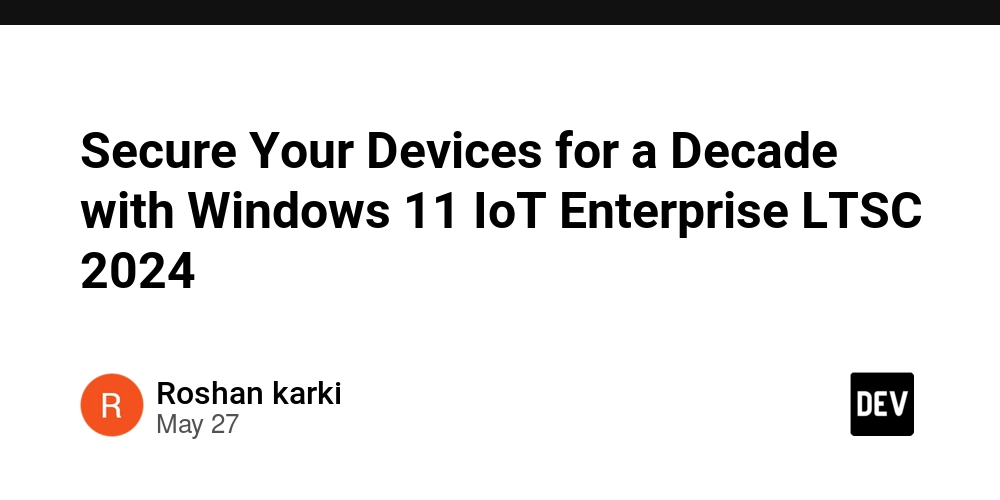







































































































.jpg?#)













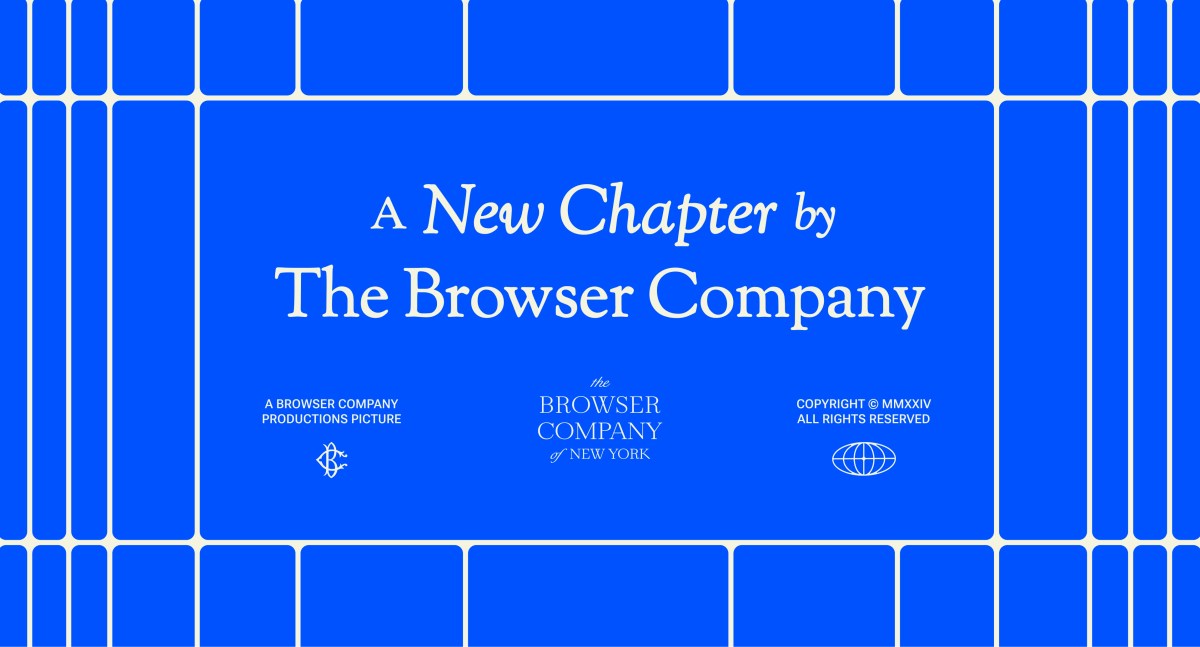











_David_Hall_-Alamy.jpg?width=1280&auto=webp&quality=80&disable=upscale#)
_Andriy_Popov_Alamy_Stock_Photo.jpg?width=1280&auto=webp&quality=80&disable=upscale#)




























































































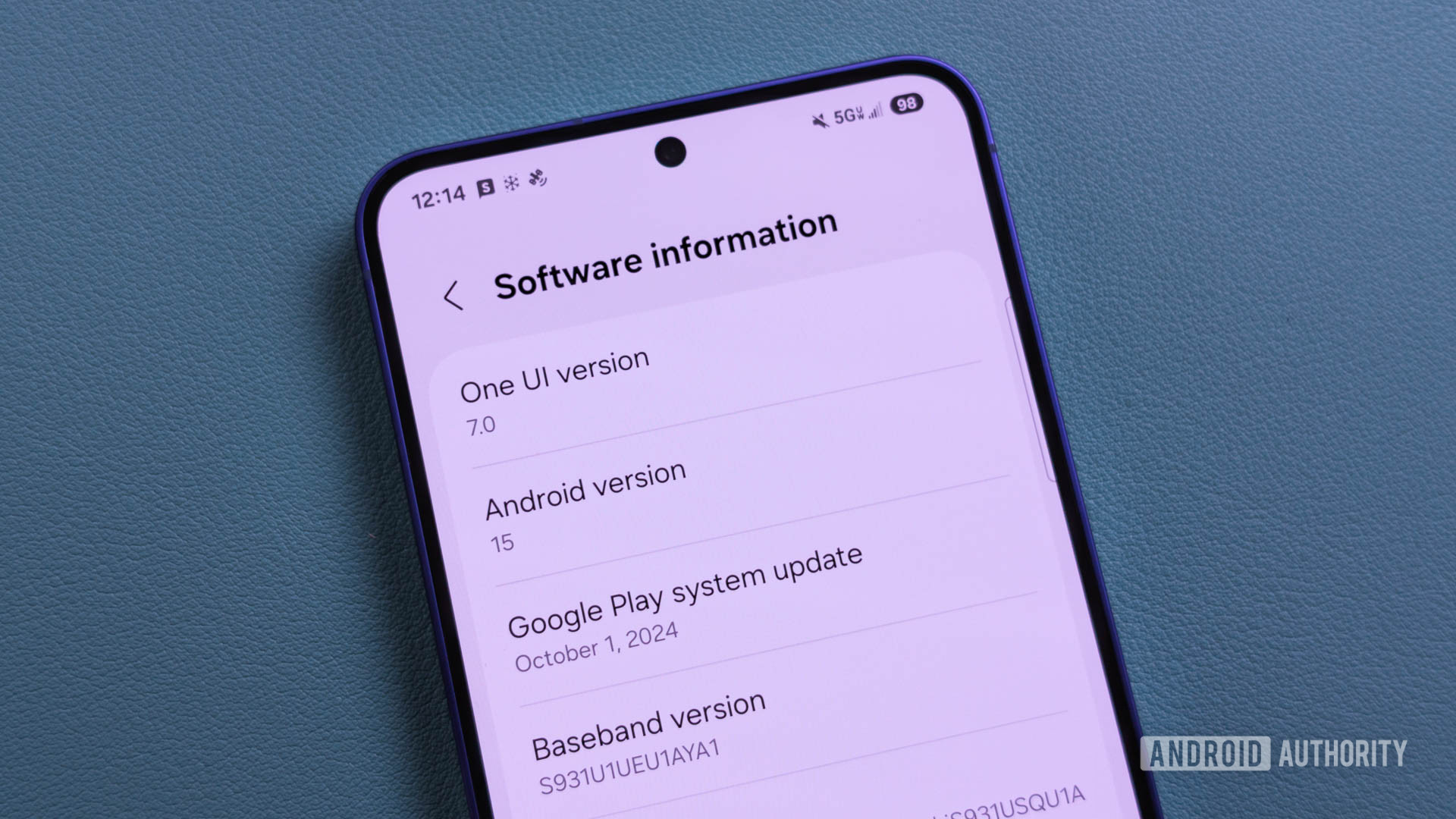





















![Apple's Secret AI Robot With Expressive Arm Now a Major Focus [Report]](https://www.iclarified.com/images/news/97425/97425/97425-640.jpg)
![Trump Targets Apple After Tim Cook Skips Middle East Trip [Report]](https://www.iclarified.com/images/news/97427/97427/97427-640.jpg)
![Apple to Unveil New 'Solarium' Interface at WWDC [Report]](https://www.iclarified.com/images/news/97422/97422/97422-640.jpg)
![Apple 15-inch M4 MacBook Air On Sale for $1049.99 [Deal]](https://www.iclarified.com/images/news/97419/97419/97419-640.jpg)




















